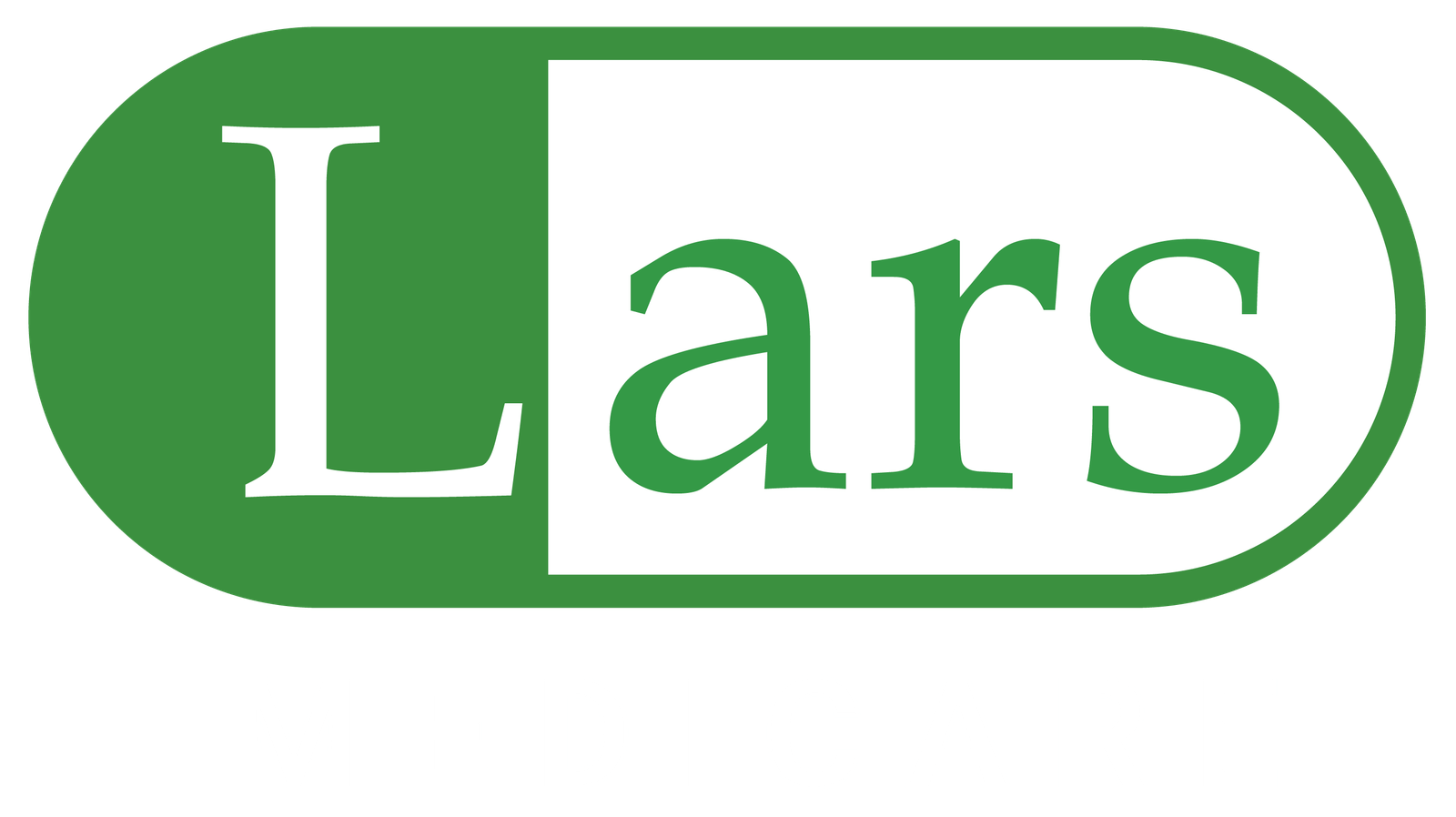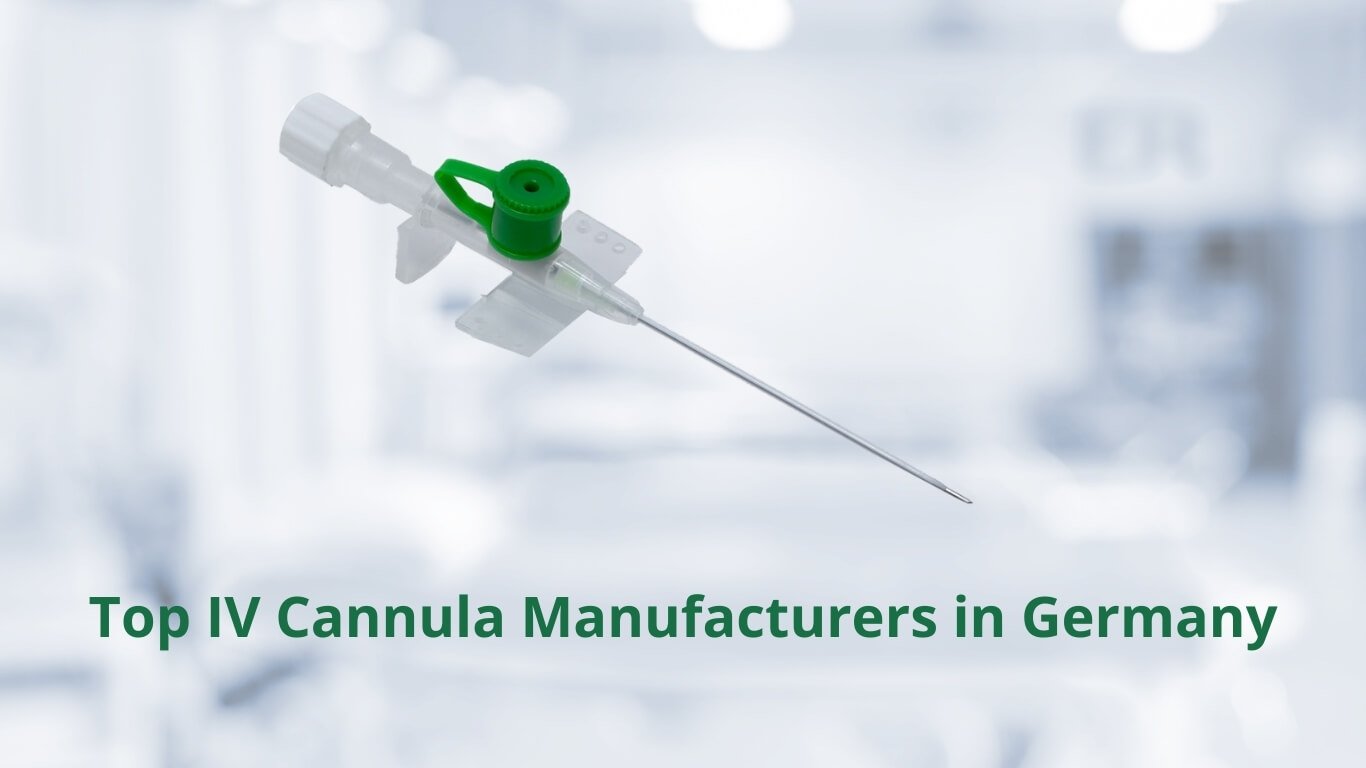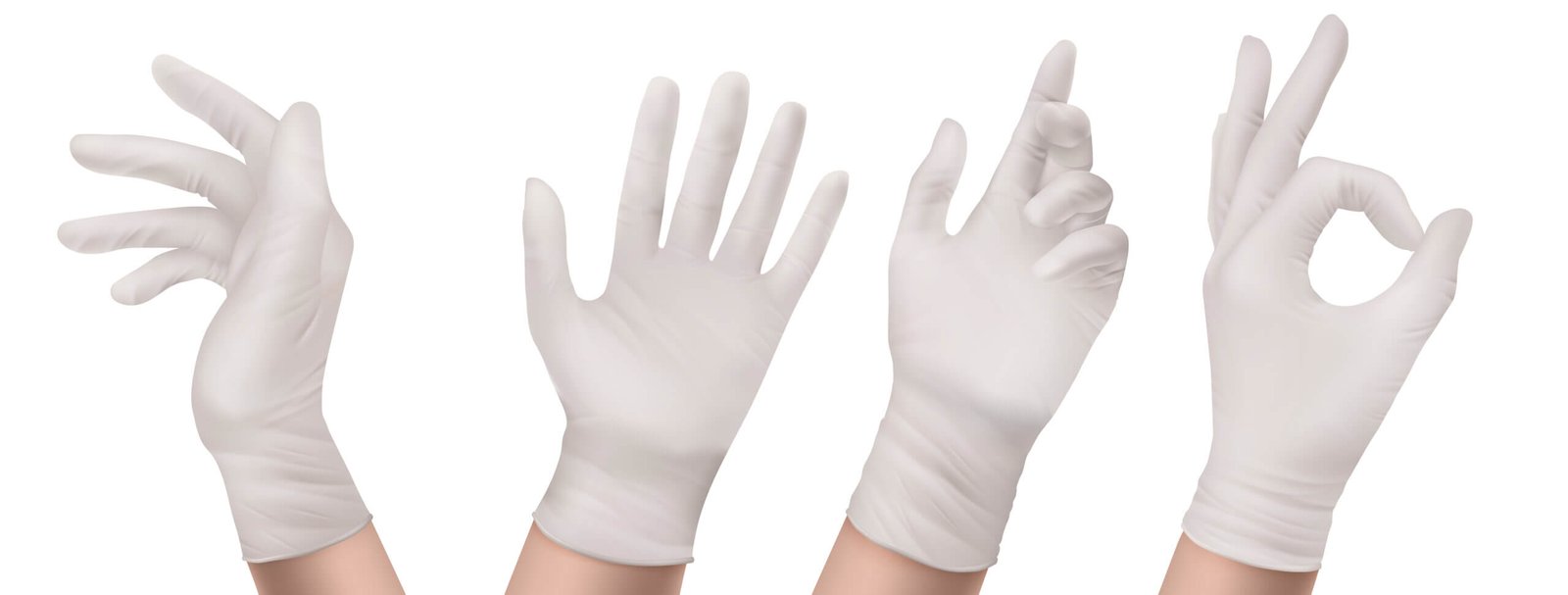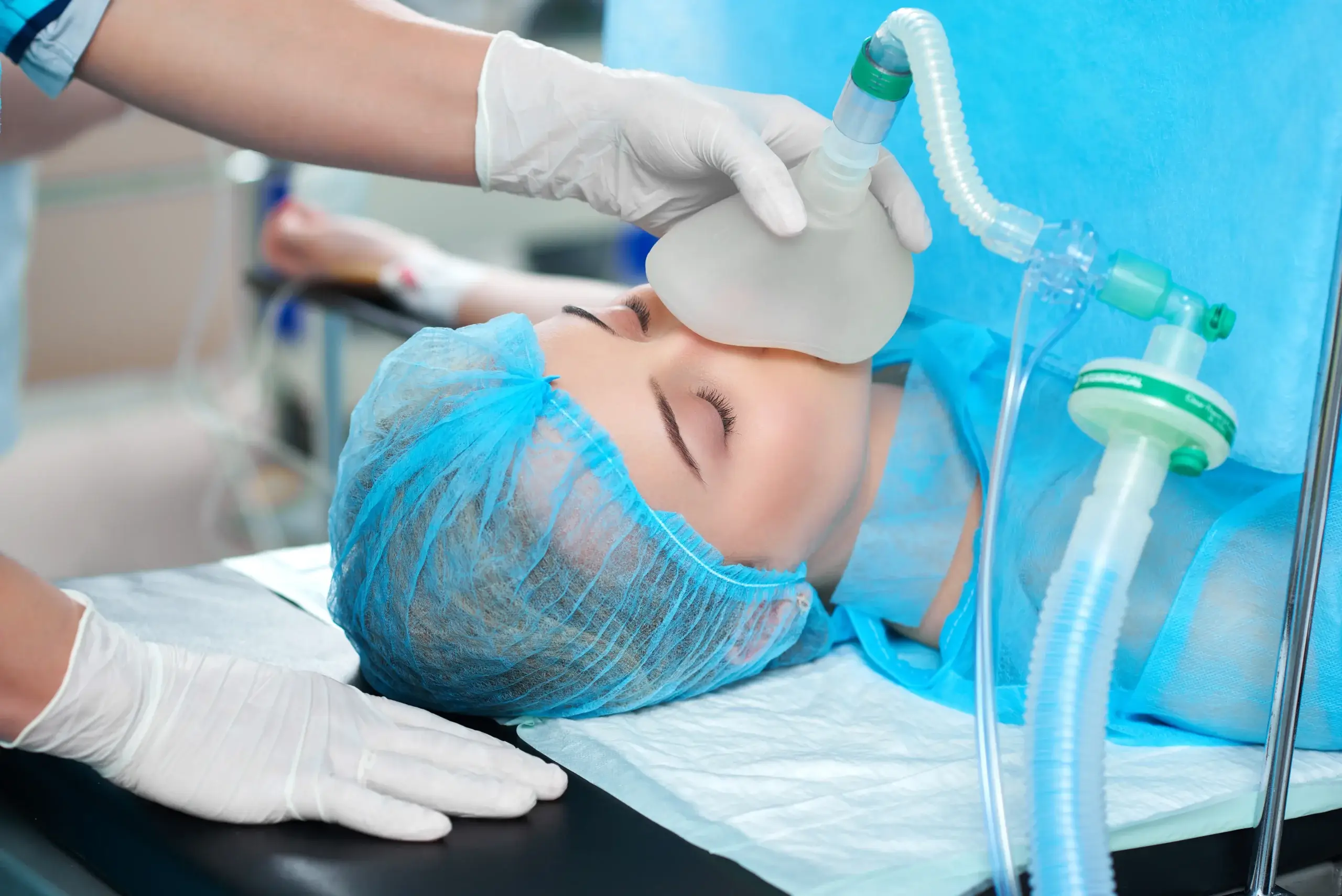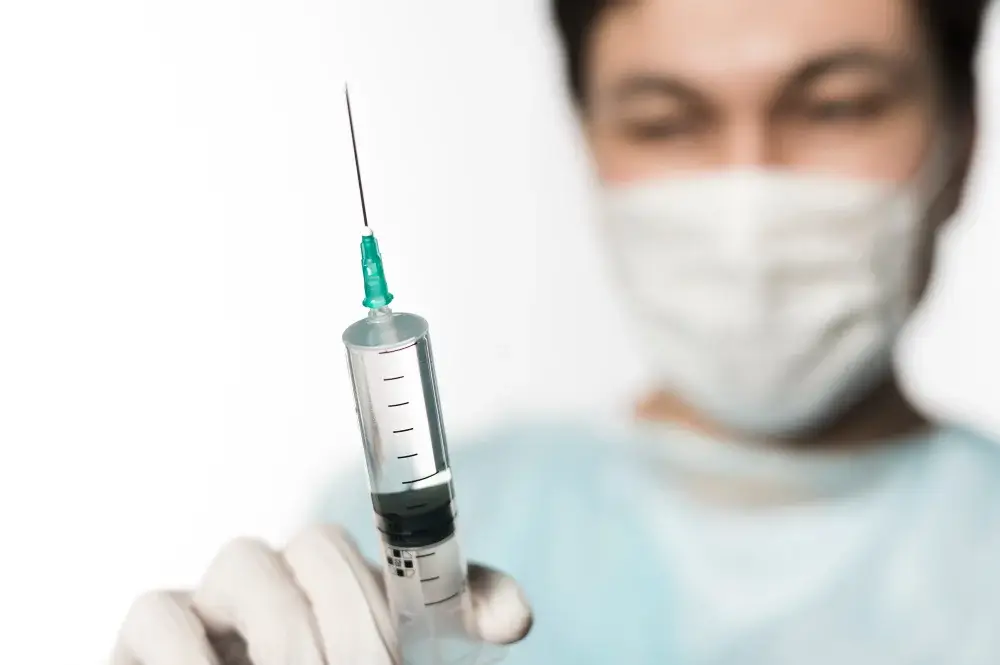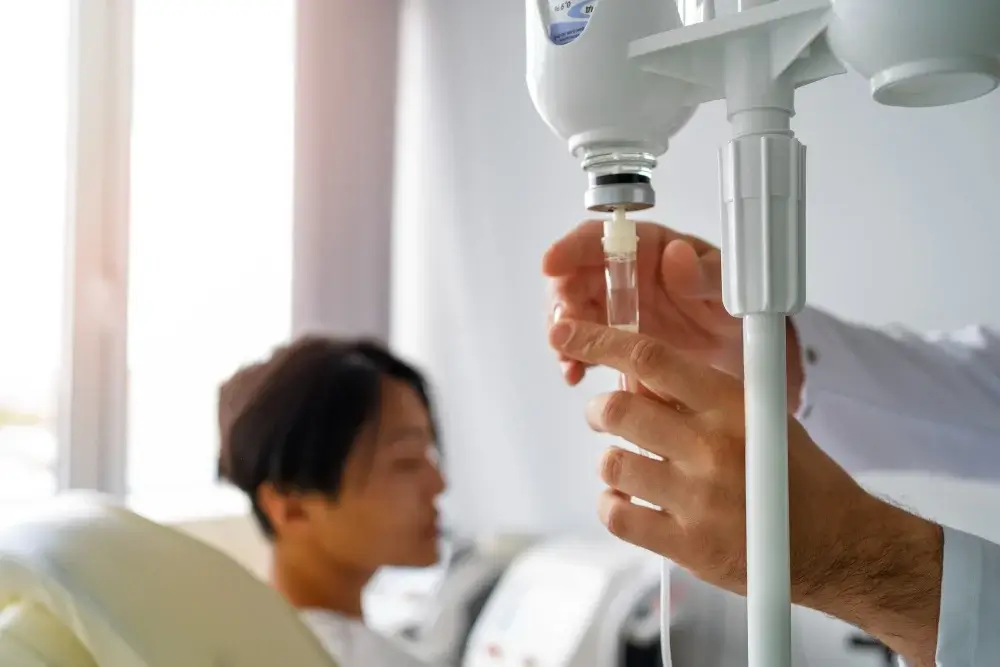Understanding the Importance of Medical Gloves
Medical gloves serve as an essential barrier between healthcare professionals and patients, playing a crucial role in maintaining hygiene and preventing the spread of infections in various healthcare settings. These gloves are ubiquitously used during surgical procedures, patient examinations, and various medical interventions, providing a protective layer that safeguards both parties from potential contamination and cross-infection. The significance of medical examination gloves cannot be overstated, as their proper use is fundamental in promoting a sterile environment in hospitals and clinics.
The diverse contexts in which surgical gloves are utilized further illustrate their importance. In surgical settings, gloves must meet stringent industry standards to ensure they are free from defects. Surgeons rely on these gloves to maintain a sterile field, preventing the introduction of pathogens during intricate surgical procedures. Similarly, during routine patient examinations, healthcare providers wear medical examination gloves to protect themselves from bodily fluids while also safeguarding patients from any residual bacteria the provider might carry. This dual protection is vital for controlling the transmission of infections, especially in facilities dealing with high-risk populations.
Moreover, the choice of glove type is significant in ensuring safety and compliance with health standards. Various types of gloves are available, including latex, nitrile, and vinyl, each offering different levels of dexterity, sensitivity, and protection against chemicals and punctures. Understanding the specific requirements for different tasks is essential, as inappropriate glove selection can compromise safety and lead to heightened infection risk. Thus, selecting the right surgical gloves or medical examination gloves, tailored to the procedure’s nature, becomes paramount in achieving optimal health outcomes and maintaining a higher standard of care.
Types of Medical Gloves Available
Medical gloves are essential pieces of personal protective equipment utilized across various healthcare settings to ensure safety and hygiene. Among the primary types of medical gloves available are latex, nitrile, and vinyl gloves, each offering distinct properties that cater to specific medical needs.
Latex gloves are made from natural rubber latex and are known for their excellent elasticity, ideal fit, and comfort. They provide a high level of tactile sensitivity, making them suitable for surgical procedures and examinations that require precision. However, some individuals may develop latex allergies, which is a significant drawback, limiting their use in sensitive environments.
Nitrile gloves are synthesized from petroleum-based compounds and are a popular alternative to latex gloves. They provide impressive puncture resistance and are less likely to cause allergic reactions. Nitrile gloves can withstand harsh chemicals, making them ideal for use in laboratory settings and during procedures involving potentially infectious materials. Their durability and versatility have made them a preferred choice for many healthcare professionals.
Vinyl gloves are made from polyvinyl chloride (PVC) and are typically less expensive and more suitable for short-term and low-risk medical procedures. They offer moderate protection and are a good option when frequent glove changes are required. However, vinyl gloves do not provide the same level of puncture or chemical resistance as nitrile or latex gloves, limiting their use in more critical tasks.
It is important to distinguish between sterile and non-sterile gloves in medical settings. Sterile gloves are treated to eliminate all microorganisms and are essential during surgical procedures to minimize infection risk. Conversely, non-sterile gloves are suitable for general examination purposes but should not be used during invasive procedures. Selecting the appropriate type of gloves is paramount to ensuring the safety of both patients and healthcare providers.
Key Factors to Consider When Choosing Medical Gloves
When selecting medical gloves, several critical factors must be taken into account to ensure optimal protection and functionality. First and foremost, it is essential to assess the level of protection needed based on the specific procedures being performed. Surgical gloves are designed for higher-risk situations and typically offer enhanced barrier protection, while medical examination gloves may suffice for lower-risk tasks. Understanding the requirements of each medical procedure can guide the choice between these different types of gloves.
Comfort and fit are also paramount, especially for prolonged use in a clinical environment. Medical professionals often wear gloves for extended periods, and poorly fitting gloves can lead to discomfort, dexterity issues, and reduced hand function. It is advisable to try various sizes and styles to find the perfect fit. Additionally, different materials such as latex, nitrile, and vinyl offer varying levels of flexibility, sensitivity, and comfort, which should be considered based on individual preferences and specific tasks.
Allergy considerations play a crucial role in selecting medical gloves. While latex gloves provide excellent stretch and fit, they can cause allergic reactions in some individuals. Alternatives like nitrile gloves are widely used as a hypoallergenic option. It is essential to consider the potential for irritation or allergic responses among patients and healthcare providers alike.
The thickness and durability of medical gloves should not be overlooked. Thicker gloves may offer superior protection against punctures and tears, while thinner options may provide greater tactile sensitivity. Finally, compliance with industry standards and certifications guarantees that the gloves meet safety and effectiveness requirements. Assessing these key factors will help ensure the most appropriate choice of surgical gloves or medical examination gloves for any healthcare setting.
Best Practices for Glove Usage and Disposal
Proper use and disposal of surgical gloves, including medical examination gloves, are essential practices in both clinical and non-clinical environments. These gloves serve as a first line of defense against contamination and the spread of infections. To ensure maximum efficacy, individuals must adhere to established protocols when donning and doffing gloves. Correct glove donning involves selecting the right size and type of gloves, ensuring that the hands are clean and dry before placing them on. It is crucial that the user avoids touching any surfaces or objects after gloving, except for what is deemed necessary during the procedure.
Equally important is the technique for doffing gloves. This process should be carried out in a way that minimizes the risk of contamination. The outer surface of the glove should not come into contact with bare skin. A recommended method involves grasping the cuff of one glove with the other gloved hand and peeling it off, turning it inside out. The first glove can then be held in the palm of the remaining glove, and the second glove can be removed by inserting fingers into the cuff and pulling it off, again turning it inside out. Following these procedures aids in reducing the likelihood of cross-contamination.
Medical gloves should be changed frequently, especially when moving from one patient or task to another, as the risk of transfer of pathogens increases. Additionally, users must be vigilant about hygiene practices, such as thoroughly washing hands before and after glove usage. When it comes to disposal, contaminated surgical gloves should be placed in designated waste containers that conform to local regulations regarding medical waste. Promoting responsible disposal methods not only adheres to safety standards but also reflects an awareness of environmental sustainability. Adopting such best practices ultimately enhances the effectiveness of gloves as a protective barrier in preventing infections.
